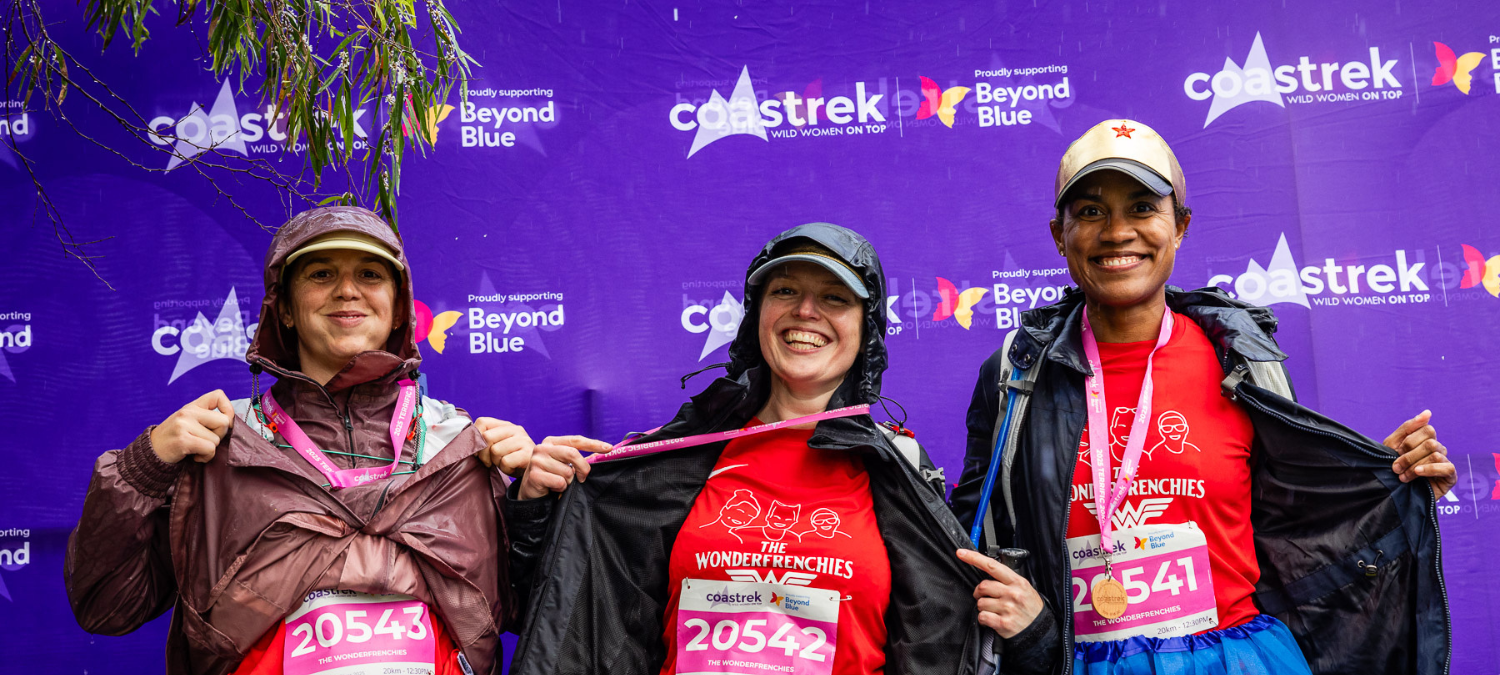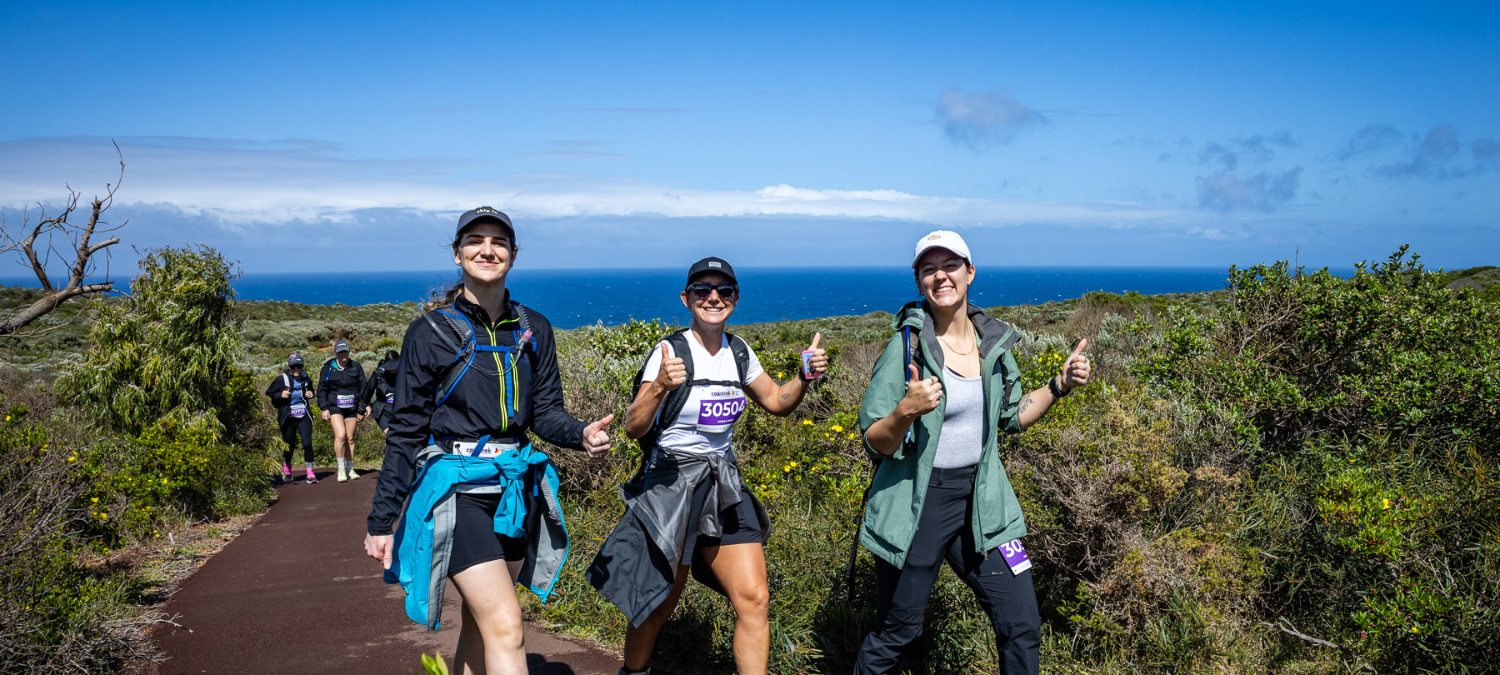By The Foot Group
When you’re getting ready for a long walk or hike, there’s one part of your body that needs a little extra love and care. Your feet. Your feet take you forward, one step at a time. And they’re what can slow you down if you get nasty, painful blisters.
Our friends at The Foot Group are experts when it comes to looking after your feet. Their top tips will give you the best possible chance of having an injury and blister-free Coastrek!
Prepare early
Prepare, prepare, prepare! Your feet need time to adapt to different conditions. Walking for different lengths in different conditions can help you identify whether you're at risk of getting blisters on the trail. Try out different equipment or brands while you train - this helps you get your footwear right.
Get the right shoes (and bring a spare pair)
To get the most out of your feet, you need to find the best shoe, fit, and lacing. We recommend quality trail runners for Coastrek. They should be cushioned, stable, and suitable for trail running and walking. They should have good grip and should feel comfortable when they're initially fitted.
You should also have a backup pair of shoes for longer hikes and endurance events like Coastrek. Pop a spare pair in your pack or ask your support crew to carry them for you.

Socks are important too!
On a long walk, we recommend you use moisture-wicking socks. These socks are great because they draw moisture away from your skin and decrease the chance of unwanted friction which can cause nasty blisters. Good sock options include socks made from merino wool. High-tech synthetic socks are also great.
If you need insoles or orthotics, they should be comfortable and well-fitted to your footwear.
Get your orthotics sorted
Any foot orthotics that are over six months old should be checked by a podiatrist.
If you have any foot injuries or hotspots, you need to get to your podiatrist early in case you need new orthotics. There’s nothing worse than a broken or ill-fitting orthotic during the event!
Blister prevention is better than a cure
Preventing blisters is key to enjoying, and sometimes finishing, your event. Blisters are caused by "shear", which happens when the bones of the foot move one way and the force of friction works the opposite way.
Prevention is better than a cure when it comes to blisters. You need to walk in a variety of conditions for different lengths to see whether you're at risk of blisters and to find where your hotspots are. You need to decide before the event whether you need blister taping or lubricants, like Vaseline. When you register for Coastrek, you get our Blister Sister e-book which will be your blister prevention bible!
To pop or not to pop?
The sensible answer is don't pop! The fluid in a blister is sterile and acts as a barrier to infection. But if the blister is huge and is at risk of popping and coming off completely, draining it with a sterile needle and applying a dry, sterile dressing is a good option. The blister needs to be taped and padded to prevent it becoming a wound. If you’re on the Coastrek trail and you’re worried about your blisters, there will be a podiatrist along the route, so make sure you stop and seek some attention.
Always be on the lookout for signs of infection over or around the blister. If this happens, seek medical attention.
Train in all conditions
Getting your skin used to these new forces and new conditions by making small changes can help protect your skin and prevent blisters. But only up to a point. How much time you spend walking in your shoes will give you the best chance of an injury and blister-free Coastrek!






